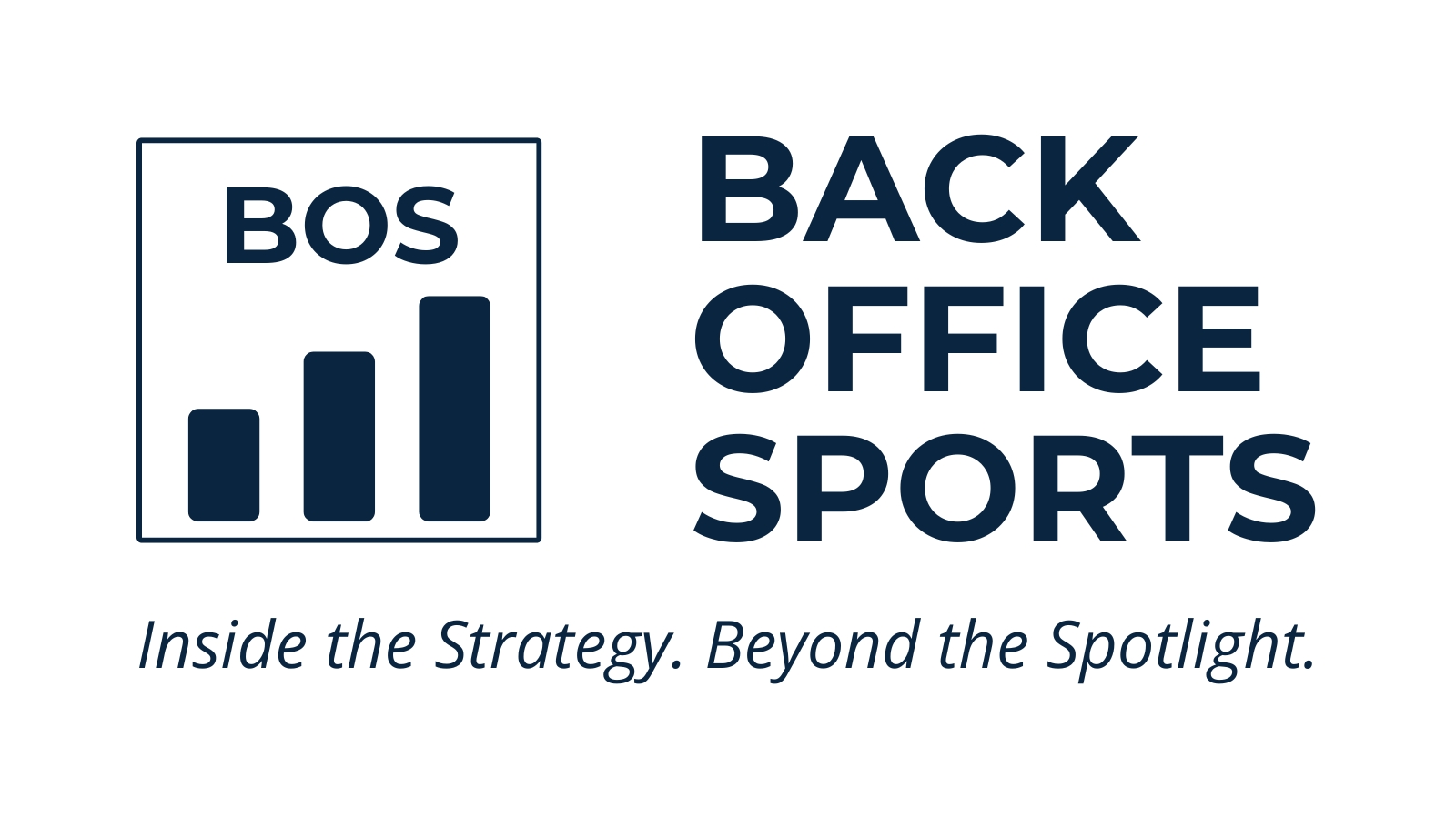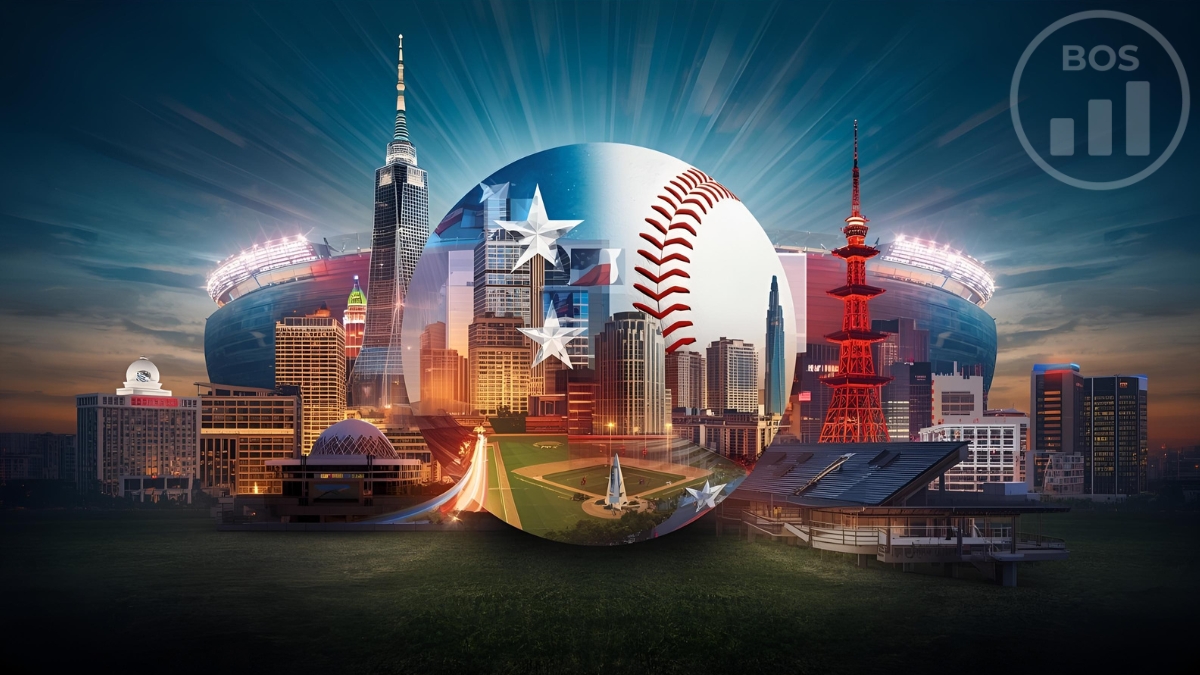

Business Preview of The 2026 World Baseball Classic
A Global Tournament With Big-Stage Stakes
The 2026 World Baseball Classic stands as a global showcase with real impact on baseball's reach, revenue, and competitive identity. From March 5-17, teams from across the world will compete in San Juan, Houston, Tokyo, and Miami, offering fans and front-office pros a window into how the sport continues to grow internationally.
For executives, analysts, and rising professionals who follow the business side of the game, the WBC is more than box scores. It shapes sponsorship strategies, media positioning, federation development, and the overall power of baseball as a global product. And this year's setup? It's packed with opportunity.
Let's run through what matters most, both on and off the field.
2026 WBC Host Cities & Key Dates
The tournament spans four major markets - each chosen for audience potential, existing baseball infrastructure, and global visibility.
Host Cities & Venues
-
San Juan, Puerto Rico - Hiram Bithorn Stadium
-
Houston, Texas, USA - Daikin Park
-
Tokyo, Japan - Tokyo Dome
-
Miami, Florida, USA - loanDepot park
Tournament Schedule
-
Pool Play: March 5-11, 2026
-
Quarterfinals (Houston & Miami): March 13-14
-
Semifinals (Miami): March 15-16
-
Final (Miami): March 17
The 20-team format mirrors 2023, keeping things competitive without widening the field so much that parity becomes unpredictable.
What Front Offices Will Be Watching
Pool A: A Regional Powerhouse Mix in San Juan (March 6-11)
Teams: Canada, Colombia, Cuba, Panama, Puerto Rico
Venue: Hiram Bithorn Stadium, San Juan
This pool blends baseball-rich federations with established player pipelines. Puerto Rico hosting adds cultural momentum, ticket demand, and an energized home environment - elements that typically translate into strong gate revenue and local sponsorship lift.
Pool B: Houston Showcases the U.S. and Emerging Markets (March 6-11)
Teams: Brazil, Great Britain, Italy, Mexico, United States
Venue: Daikin Park, Houston
The storylines here stretch beyond traditional powers. With the United States returning after finishing second in 2023 and capturing the title in 2017, the pool also highlights federations expanding their talent development systems. The Houston market brings strong corporate partnerships, multicultural baseball interest, and media-friendly time zones.
Pool C: Japan Headlines in Tokyo (March 5-10)
Teams: Australia, Chinese Taipei, Czechia, Japan, Korea
Venue: Tokyo Dome
Any pool featuring Japan carries massive attention. The three-time champion anchors this group, creating the kind of national spotlight that boosts merchandise, viewership, and international rights value. Add Korea and Chinese Taipei, and this pool becomes a global broadcast magnet.
Pool D: A Talent-Heavy Bracket in Miami (March 6-11)
Teams: Dominican Republic, Israel, Netherlands, Nicaragua, Venezuela
Venue: loanDepot park, Miami
This might be the deepest pool in terms of individual star power. Miami's diverse baseball culture makes it an ideal hub for federations with strong MLB representation. Expect packed houses, vibrant atmospheres, and heavy social-media lift.
Key WBC Structural Highlights
Quarterfinals (March 13-14)
-
Houston & Miami split the games.
-
The structure rewards consistency, not just singular star performances.
Semifinals & Final (March 15-17)
-
Miami hosts the entire closing stretch.
-
This centralizes media operations and elevates the event value for sponsors and broadcasters who prefer having the biggest games in one major U.S. market.
Strategic Insights for WBC Watchers
What Front-Office Pros Should Track
To get the most from the tournament, here are practical items worth paying attention to:
1. Player Usage Patterns
-
Pitch count strategies
-
Bullpen depth decisions
-
Federation-by-federation variance in roster management
2. Federation Development Signals
-
Investment in youth systems
-
Player retention across professional leagues
-
Partnerships with MLB clubs or academies
3. Market Impact
-
Attendance trends across the four host cities
-
Broadcast performance in major regions
-
Sponsorship activation styles across continents
4. Global Brand Growth
-
New markets showing competitive traction
-
Fan engagement shifts driven by international stars
-
Merchandise patterns tied to breakout players
These insights aren't just intriguing - they shape future policy decisions, MLB strategy, and international baseball development.
How to Follow the 2026 WBC With a Pro's Mindset
Want to track the action the same way front offices do? Try this checklist:
-
Study roster construction to understand how federations prioritize position groups.
-
Compare federation talent pipelines and how they translate to in-game production.
-
Watch in-game managerial styles, which often differ from MLB norms.
-
Track sponsorship visibility, noting regional variations and brand alignments.
-
Monitor attendance and broadcast reports to estimate the economic footprint of each venue.
This is the kind of information that can sharpen your understanding of global baseball operations - a core part of what makes the WBC such a meaningful event for industry professionals.
A Tournament Built for the Modern Sports Business Professional
Why the 2026 WBC Matters for the Game's Future
The 2026 World Baseball Classic is more than star matchups and dramatic late-inning moments - it's a reflection of baseball's global influence and the intricate operational planning behind it. From talent development to international broadcasting to city-by-city economic impact, the tournament offers a rare look at how federations, leagues, and venues collaborate to elevate the sport worldwide.
If you're ready to follow the WBC through a sharper lens - and connect with others who track the game behind the game - join the conversations and explore more at BackOfficeSports.com.